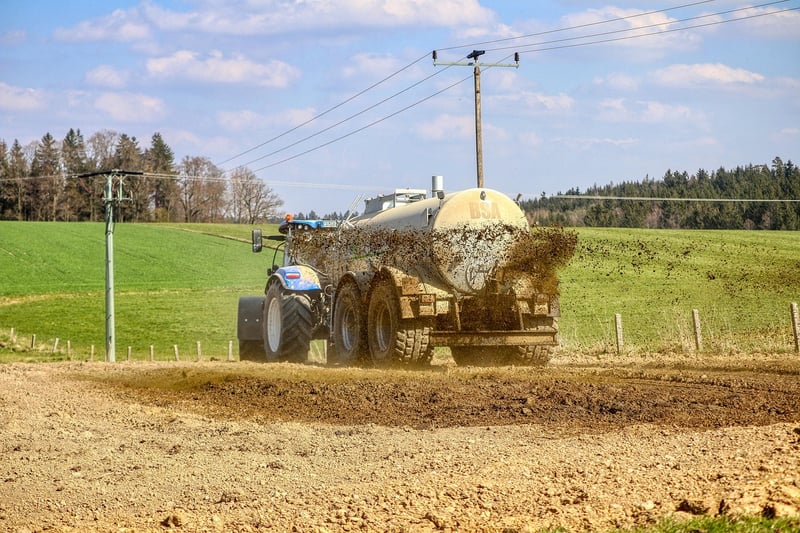Fertilization Methods
Guidance for Healthy Plants and Fertilization Methods
Introduction
Having healthy plants is essential for a vibrant and thriving garden. Proper care, including watering, pruning, and fertilization, can ensure your plants grow strong and beautiful. In this article, we will provide guidance on maintaining healthy plants and discuss different fertilization methods to help your plants reach their full potential.
Guidance for Healthy Plants
Here are some essential tips for keeping your plants healthy:
- Provide an adequate amount of water based on the plant's specific needs.
- Ensure proper drainage to prevent waterlogging, which can lead to root rot.
- Regularly inspect your plants for pests and diseases and take appropriate action if needed.
- Prune your plants to promote growth and remove dead or diseased parts.
- Protect your plants from extreme weather conditions such as frost or heatwaves.
Fertilization Methods
Using the right fertilization methods can significantly enhance plant growth and blooming. Here are some common fertilization methods:
1. Organic Fertilizers
Organic fertilizers are derived from natural sources such as compost, manure, or bone meal. They provide a slow release of nutrients, improving soil structure and promoting beneficial microbial activity.

2. Inorganic Fertilizers
Inorganic fertilizers are synthetic products that deliver nutrients to plants quickly. They are often water-soluble and provide an immediate nutrient boost to plants.

3. Foliar Feeding
Foliar feeding involves applying liquid fertilizer directly to the leaves of plants. This method allows for rapid nutrient absorption and is particularly useful for correcting nutrient deficiencies.

By following these fertilization methods and guidance for healthy plants, you can ensure your garden flourishes with lush greenery and vibrant blooms.
Remember, each plant has specific requirements, so it's essential to research the needs of your plants to provide them with the best care possible.
